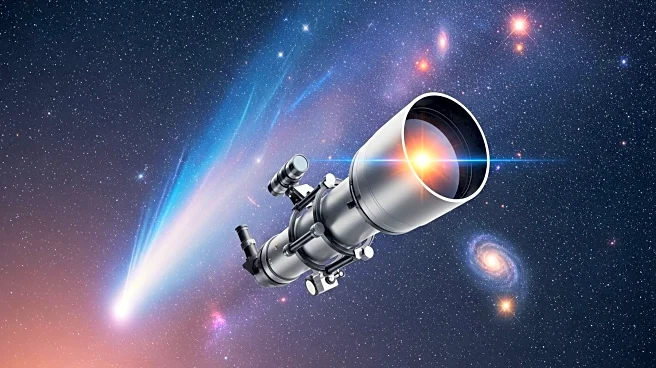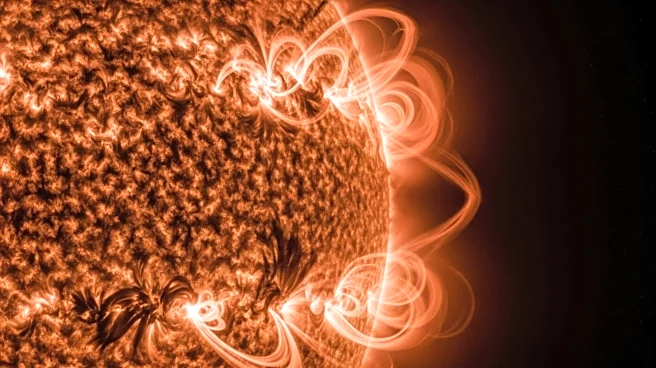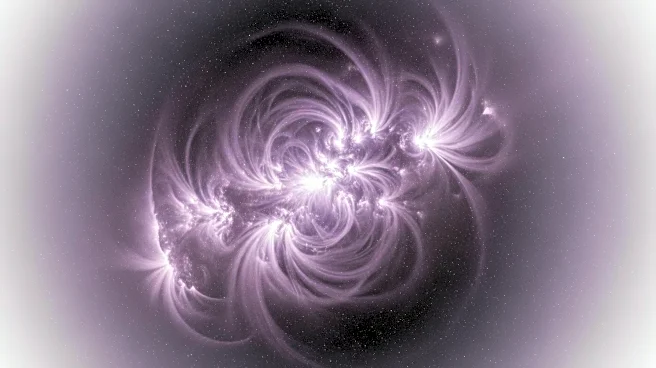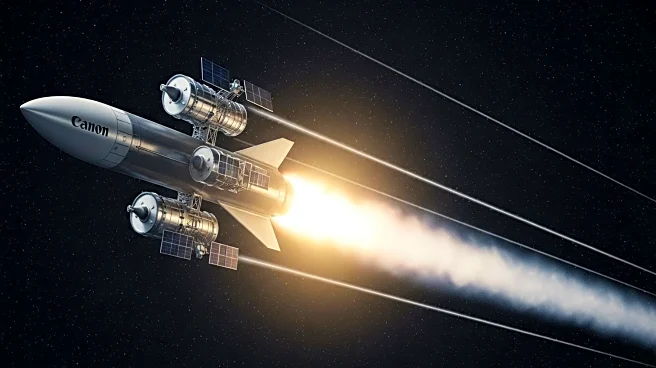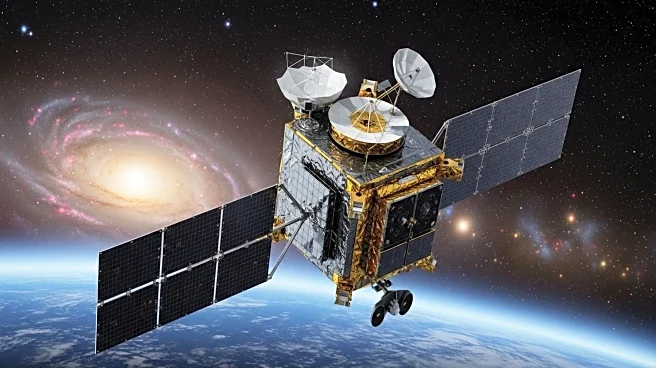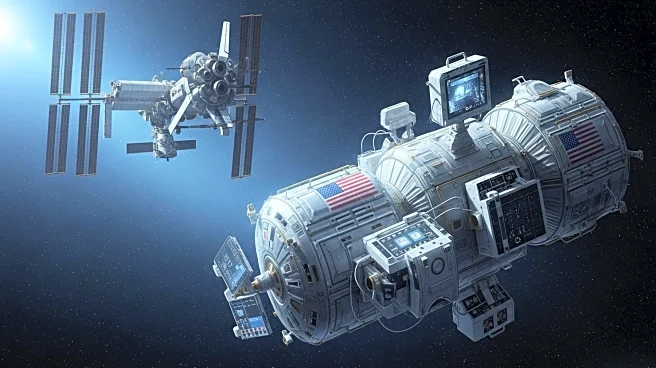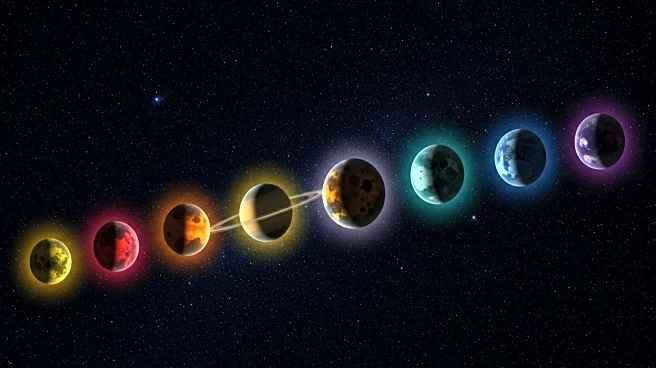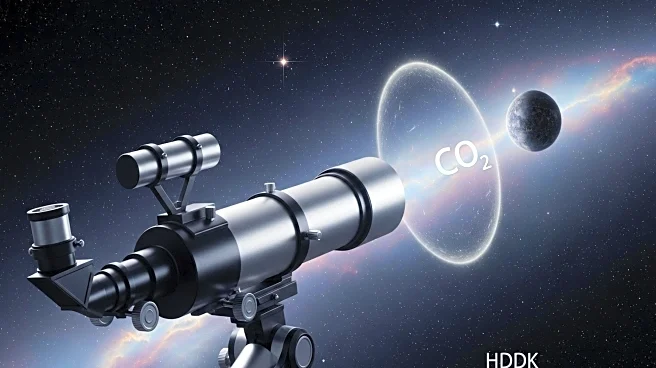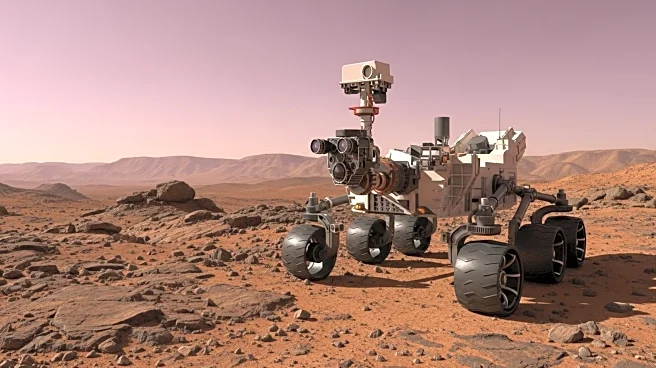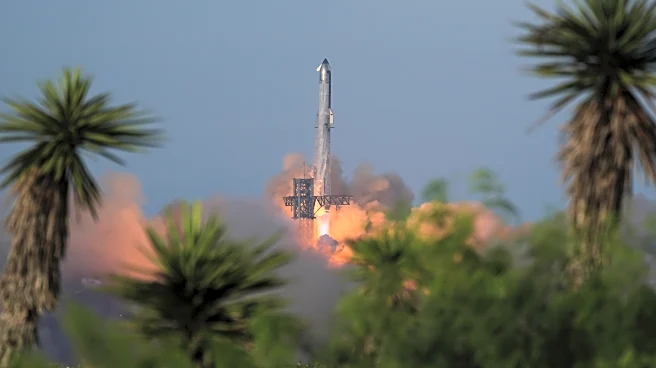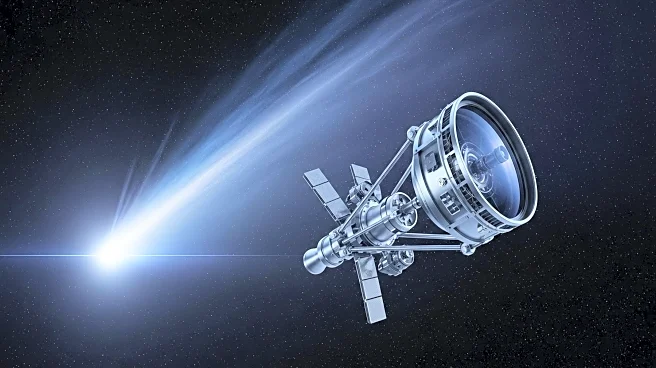What is the story about?
What's Happening?
NASA and IBM have collaborated to develop an AI-powered model named Surya, designed to improve predictions of solar storms and their impacts on Earth. Surya, named after the Sanskrit word for 'sun,' utilizes nine years of sun imagery from NASA's Solar Dynamics Observatory (SDO) to identify patterns that can forecast solar flares, solar wind speeds, and active regions leading to solar eruptions. The model has demonstrated a 16% improvement in forecasting solar flare strength compared to previous methods, offering predictions up to two hours in advance. This advancement aims to enhance space weather forecasts, which are crucial for protecting critical infrastructure from disruptions caused by solar activity.
Why It's Important?
The development of Surya is significant as it addresses the challenges posed by solar storms, which can disrupt radio communications, GPS navigation, and power grids. By providing more accurate and timely predictions, Surya can help operators of critical infrastructure prepare for potential disruptions, thereby minimizing economic losses. The global economy could face damages up to $2.4 trillion over five years due to space weather disruptions, highlighting the importance of improved forecasting capabilities. The collaboration between NASA and IBM also underscores the potential of AI in advancing scientific research and protecting technological systems.
What's Next?
NASA and IBM have made the Surya model available to researchers worldwide through the open-source Hugging Face platform, encouraging further development and specialized applications in solar physics research. Future space missions with complementary observational capabilities may further enhance space weather forecasts. The ongoing collaboration between NASA and IBM aims to explore additional AI applications to advance understanding of the solar system and improve preparedness for solar storms.
AI Generated Content
Do you find this article useful?


